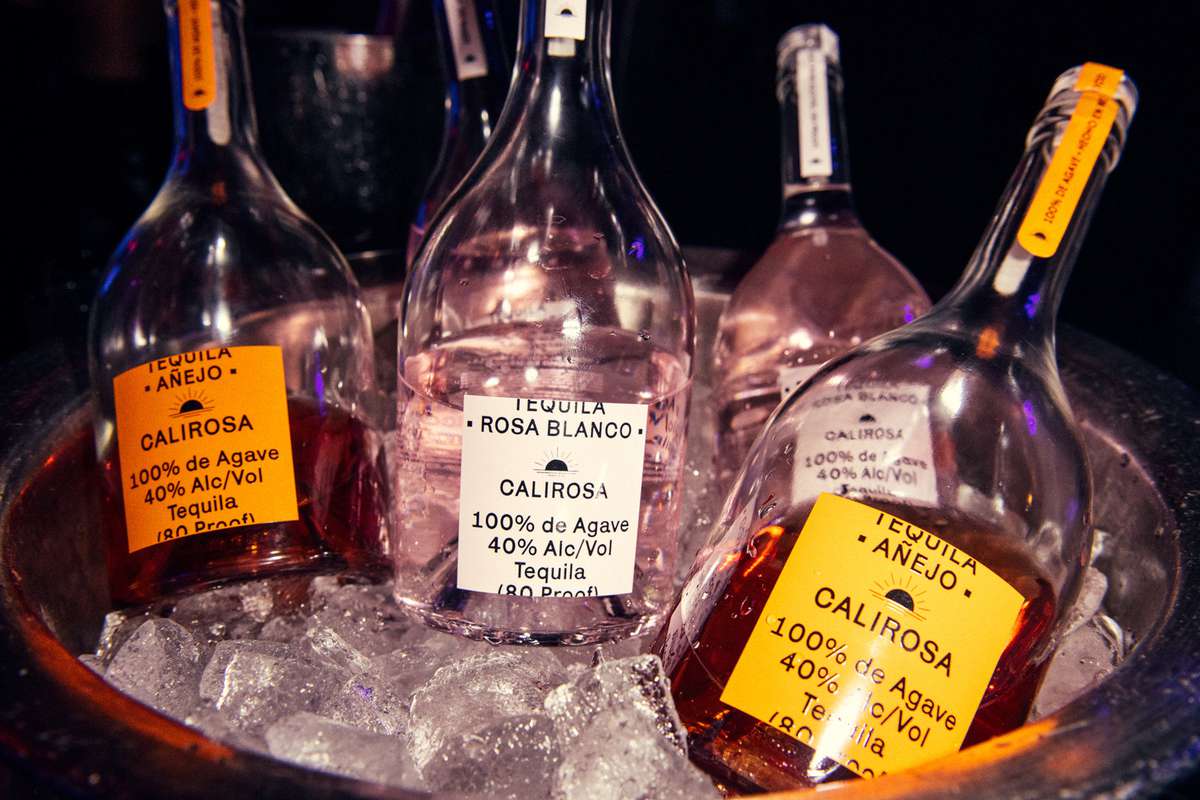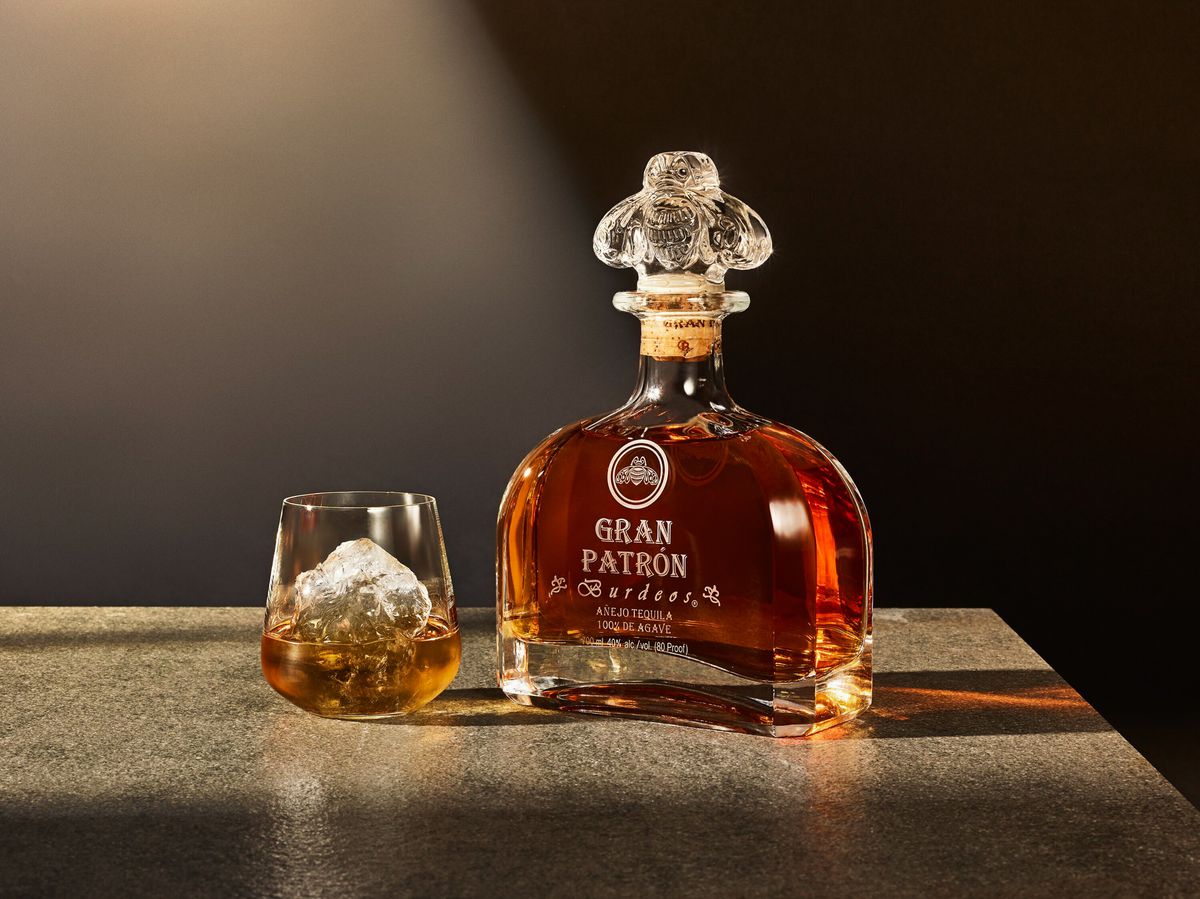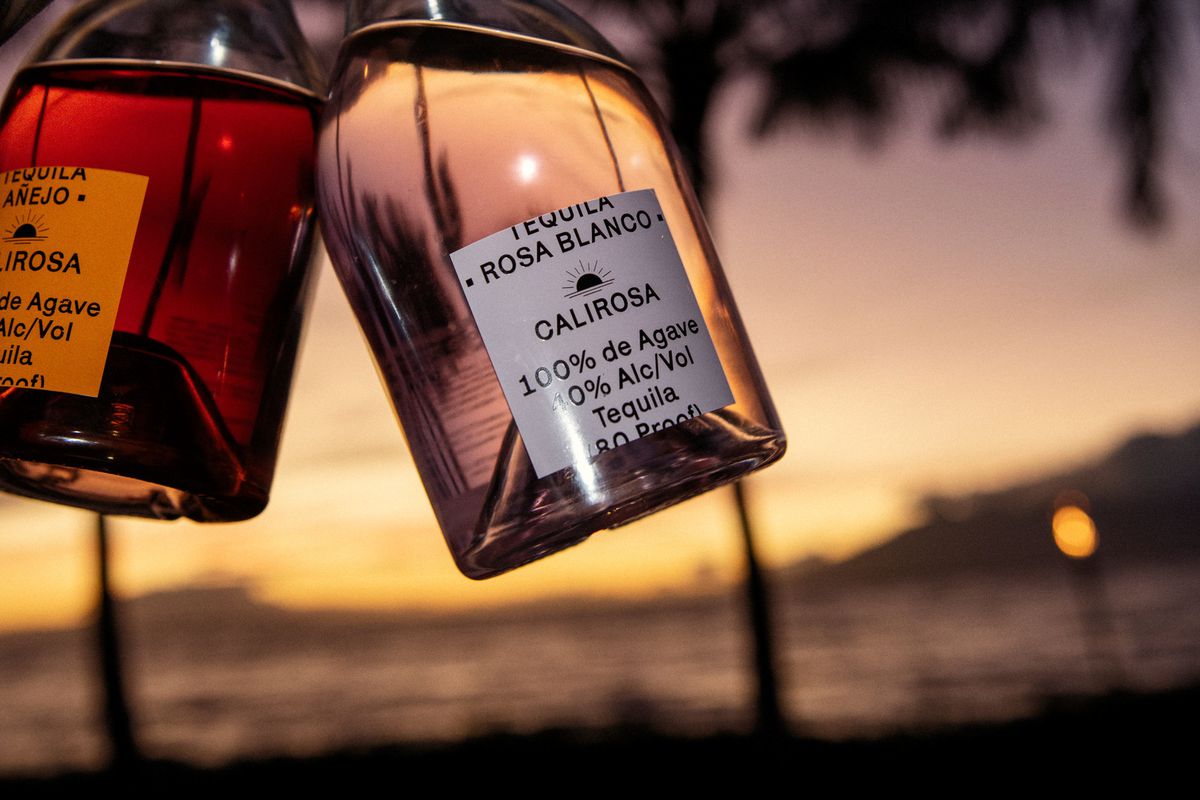Tequila is a distilled beverage made from the blue agave plant, primarily in the area surrounding the city of Tequila 65 km (40 mi) northwest of Guadalajara, and in the Jaliscan Highlands (Los Altos de Jalisco) of the central western Mexican state of Jalisco.
Tequila is a distilled alcoholic beverage made primarily from the blue agave plant in Mexico. Its origins can be traced back to a beverage called pulque, produced in Central America before the region was colonized by Spain in the 16th Century. It can be considered a type of mezcal, though its area of production is more tightly defined and processes (and the agave species used) are different.
The explosive growth of tequila is nothing new. Over the past two decades, the sector has expanded at an average rate of 6.5% per year (according to data from the Distilled Spirits Council of the United States). Nevertheless, if you've scoured the shelves of your local liquor store lately, you might have noticed something quite novel in the tequila section. The trend has nothing to do with the blue weber agave used to make it and everything to do with the casks used to age it. More and more, fine wine is finding its way into the barrelhouses of Jalisco. What's emerging from the oak is a subcategory poised to please oenophiles and tequila enthusiasts, alike.

Although producers are free in this part of the world to use any sort of cooperage they desire, by and large they've preferred ex-bourbon barrels. It's a practice that has as much to do with availability as it does with taste: their whiskey-making neighbors to the north are legally required to use a barrel only once, meaning there's a lot of leftover staves to send south.
Ex-bourbon barrels have been the industry standard since 1974, when the first commercially-sold reposado hit shelves. Certainly there were outliers here and there, but it wasn't until 2016—with the release of Código 1530—that a brand aggressively marketed itself in the United States as an exclusively wine barrel-aged tequila.
"We specifically procure once-used French oak barrels that previously contained Cabernet [Sauvignon] wines from Napa Valley," explains Ricardo Lona Martinez, director of distillery operations for Código 1530. "Wood casks absorb and retain elements and flavors from whatever was previously held within, and we prefer the gentle influences of grape versus grain."
And while its impact on flavor might be more nuanced, the influence of ex-wine casks on the color of a tequila is quite profound. It was a distinction not lost on Código's marketing team, who titled their pink-hued blanco expression (aged for just one month in Cabernet barrels) as a "Rosa" — the rosé of tequila.
It was melodious enough a liquid to attract the attention of country music star George Strait. He invested in the brand, becoming an early adopter among the celebrity spirits movement. "Código was the first wine barrel aged tequila I'd tried," he tells Food & Wine.
Around that same time, another world-famous musician was touring Mexico falling in love with wine-influenced Mexican spirits. "On one of the trips we had down there years ago, we were introduced [to the concept] by some friends," recalls Adam Levine. He and his wife, Behati Prinsloo, "loved the taste and the idea right away."
Though it might have been new to American enthusiasts (and musicians), in the fertile farmland outside of Guadalajara there were producers who'd been aging this way for generations—such as the Real family of Amatitan. "We noticed back in the 1950s that grape residuals on the [inside of] barrels created an elegant, silky consistency on tequila," says Roberto Real. "It also created pleasant hints of red fruit and citrusy aromas and tasting notes."
After an introduction to Levine, the two developed what would become Calirosa, a new brand of tequila aged in a proprietary blend of California red wine barrels. The Blanco spends less than 30 days in the cooperage, enough to impart a gentle pink tinge to the floral-forward spirit. It is joined by an 18-month matured Añejo—and now a 36-month Extra Añejo, which hit shelves earlier this month.

Also entering the American market this year is Tequila Komos. Their Reposado Rosa is stored in amphorae after a primary aging in French red wine barrels. The company claims that it mellows and softens the flavors picked up from the oak. On the palate you'll discern ripened berry fruit, and even a touch of chocolate. But you'll pay a premium for this superior sipping experience: a 750ml bottle typically retails for over $100.
In fact, you'll be hard-pressed to find any wine-influenced tequila for less than $50. Meaning they all fall squarely in the realm of "ultra-premium", which is a particularly auspicious classification to own at the moment…It's been the fastest-growing segment of tequila for nearly a decade.
Patrón is as much responsible for that high-end explosion as any brand. They've been selling an añejo, enhanced in French Bordeaux barrels, since 2009. But unlike the rest, Gran Patrón Burdeos receives a finish in wine casks only after its primary aging in American oak. And it wears a $500 price tag.
"What's interesting about wine barrels is that they help round out the flavor profile of the tequila, softening the edges of the spirit and giving it a smooth taste," according to David Rodriguez, Patrón's master distiller. "Wine barrels are gaining traction as a barrel aging technique for tequila as it helps enrich the natural agave flavors of the tequila without overpowering the earthy tones that are present in a silver [un-aged] tequila."

Opting to carry that notion in an opposite direction, Tequila Don Julio introduced its Primavera bottling earlier this year. The special edition reposado is finished in casks which previously held wine infused with macerated orange peels. The heavy honey and citrus tonalities it offered were enough for some to label it the "Grand Marnier of tequila." Agave isn't necessarily the star of the show here, but that might be a feature rather than a flaw for newcomers to the category—drinkers of sauvignon blanc, or rosé, for example, who fancy a switch to spirit.
"Only 15,000 cases were available in this initial run and it was so well received among consumers that we are already anticipating its return in 2022," says Jorge Raptis, an ambassador and master educator for the brand.
Sure, an orange-hued tequila is bound to raise the ire of a purist or two. Particularly when its retailing for $100 a bottle. But the sustained excitement surrounding wine-finished tequila has hit a critical mass. It's too high-profile to dismiss as fleeting fad. Unless, of course, you've got a case of sour grapes.
Link: https://www.foodandwine.com/drinks/tequila-wine-barrel-aged